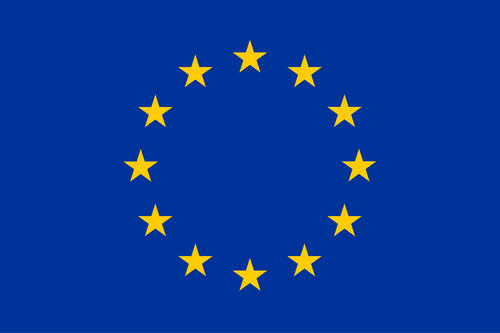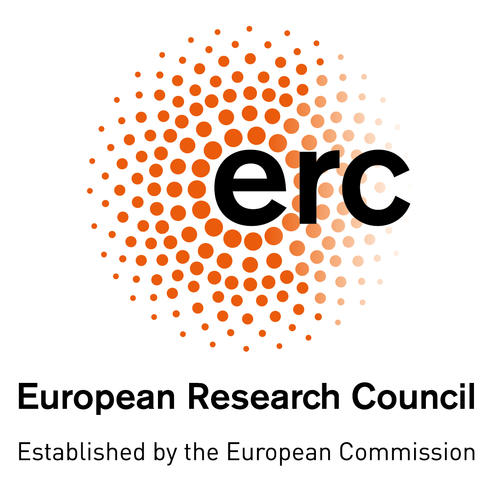Neurobiological mechanisms for language, symbols and concepts: Clues from brain-constrained deep neural networks
Pulvermüller, Friedemann – 2023
Neural networks are successfully used to imitate and model cognitive processes. However, to provide clues about the neurobiological mechanisms enabling human cognition, these models need to mimic the structure and function of real brains. Brain-constrained networks differ from classic neural networks by implementing brain similarities at different scales, ranging from the micro- and mesoscopic levels of neuronal function, local neuronal links and circuit interaction to large-scale anatomical structure and between-area connectivity. This review shows how brain-constrained neural networks can be applied to study in silico the formation of mechanisms for symbol and concept processing and to work towards neurobiological explanations of specifically human cognitive abilities. These include verbal working memory and learning of large vocabularies of symbols, semantic binding carried by specific areas of cortex, attention focusing and modulation driven by symbol type, and the acquisition of concrete and abstract concepts partly influenced by symbols. Neuronal assembly activity in the networks is analyzed to deliver putative mechanistic correlates of higher cognitive processes and to develop candidate explanations founded in established neurobiological principles.

